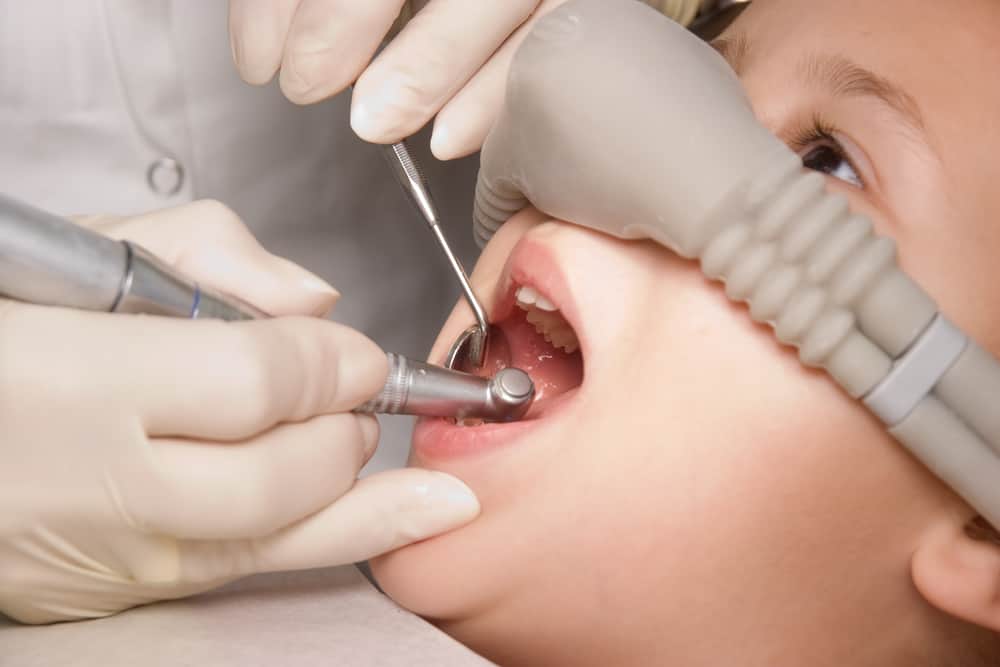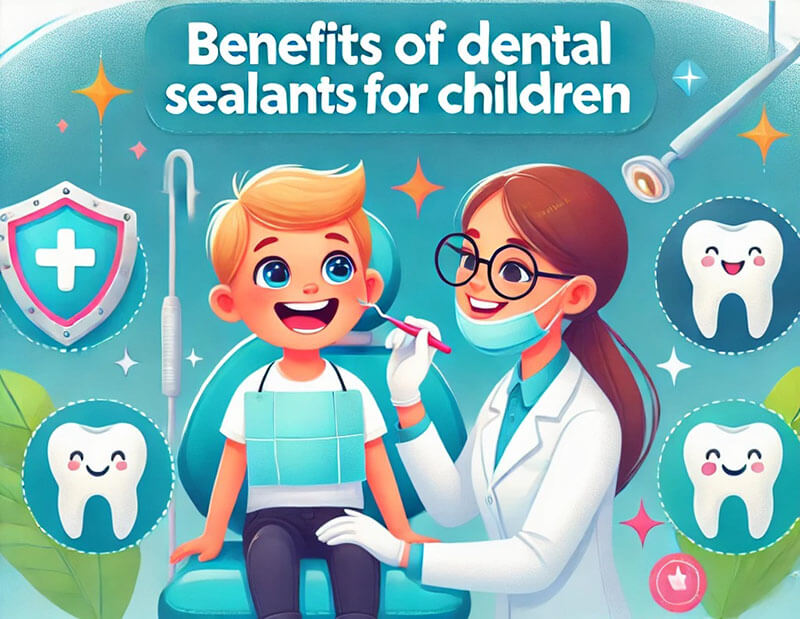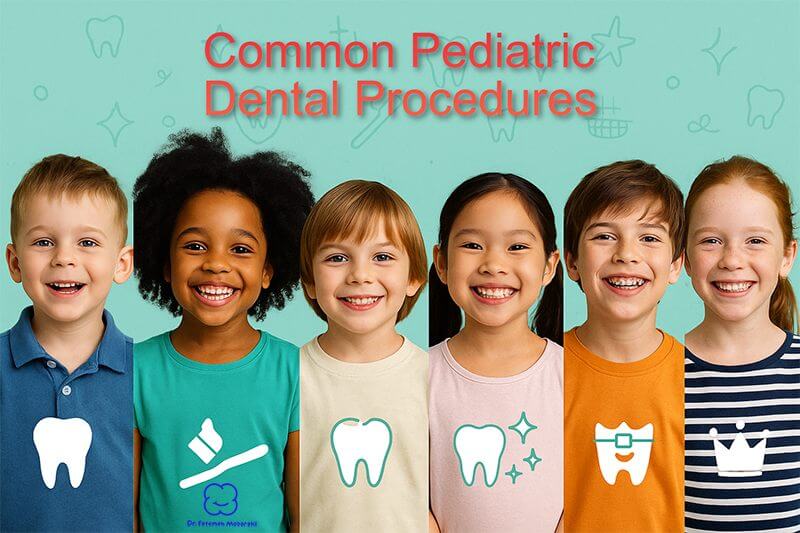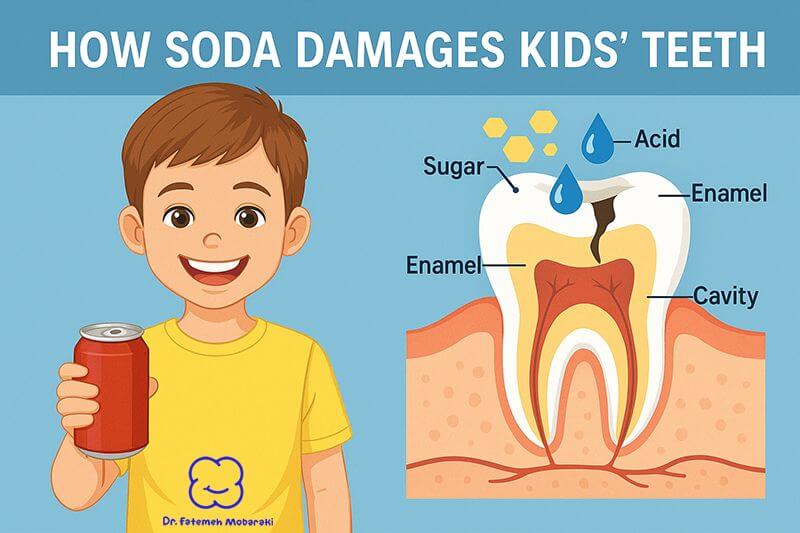Space maintainer for baby teeth
Good oral health and a beautiful smile go hand in hand, and keeping the proper spacing between teeth is key to achieving both. When baby teeth are lost too soon, their surrounding teeth can tilt and shift, resulting in overcrowding or misalignment of permanent teeth. That’s where space maintainers for baby teeth come in!
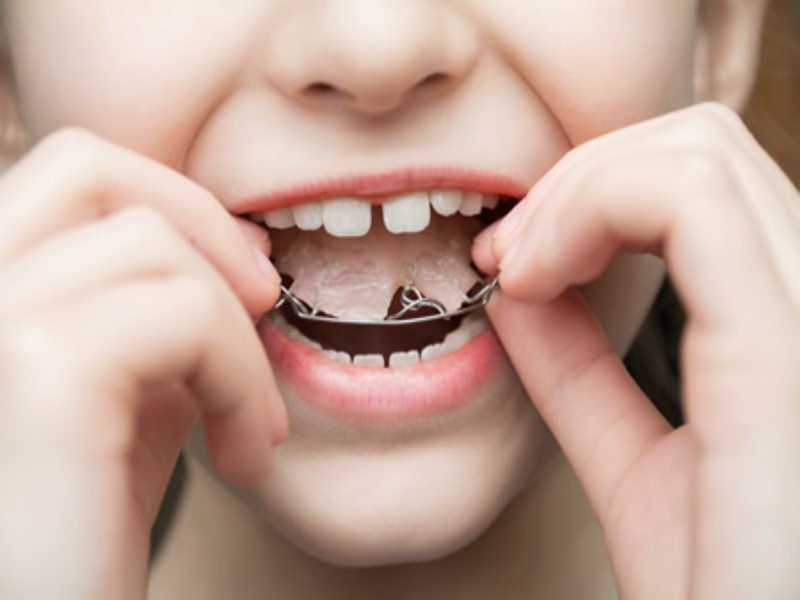
Understanding the different types of space maintainers, the advantages of using them, and the dos and don’ts after installation are key to making the right choice for your kids’ smile.
What Is Space Maintainer for Baby Teeth
A space maintainer is a dental appliance used to maintain the appropriate space in the mouth when a primary tooth is lost prematurely. Without a space maintainer, neighboring teeth can move or tilt into the empty space, resulting in misalignment and overcrowding of permanent teeth.
Space maintainers are especially beneficial for children who lose a baby tooth before the age of 6 or 7. They can be worn for a few months or even up to several years, depending on the individual situation.
By employing a space maintainer, dental practitioners can help prevent overcrowding and alignment issues when the permanent tooth eventually arrives in the mouth. Thus, the use of a space maintainer for baby teeth can help ensure that the permanent tooth erupts into its correct, designated place, leading to a more healthy and aesthetically pleasing smile.
The Types of Space Maintainers
Space maintainers come in a variety of varieties that can be applied in dentistry. Typical types include:
Fixed Space Maintainers
These are attached to the teeth next to the vacant space with cement or bonding. They aid in maintaining the right spacing and stop the remaining teeth from moving. These types of fixed space maintainers include:
- Band and loop space maintainers: To hold the space open, a wire loop is extended into the gap between teeth and wrapped around an adjacent tooth using a stainless steel band.
- Crown and loop space maintainers: These keep the space open by placing a crown on the tooth next to it and securing a wire loop to it.
- Distal shoe space maintainer: When the primary second molar is absent and the permanent tooth has not yet broken through, distal shoe space maintainers for baby teeth are utilized to keep the space open. To direct the developing tooth into the proper location, a metal wire is inserted into the gum tissue.
Removable Space Maintainers
These types of space maintainers can be removed for cleaning or adjusting. They can be produced from plastic or acrylic. Some typical types are:
- Partial dentures: In situations where several teeth are missing, removable partial dentures can be utilized as space maintainers.
- Flipper: A flipper is a partial denture that can be removed. It fills in a gap left by a missing tooth and keeps it closed until the permanent tooth erupts.
- Hawley retainer: By adding a fake tooth or space maintainer wire into the retainer design, this type of retainer can be used as a space maintainer.
- Essix retainer: Like a Hawley retainer, an Essix retainer can be altered by the addition of a false tooth or a space-maintaining wire.
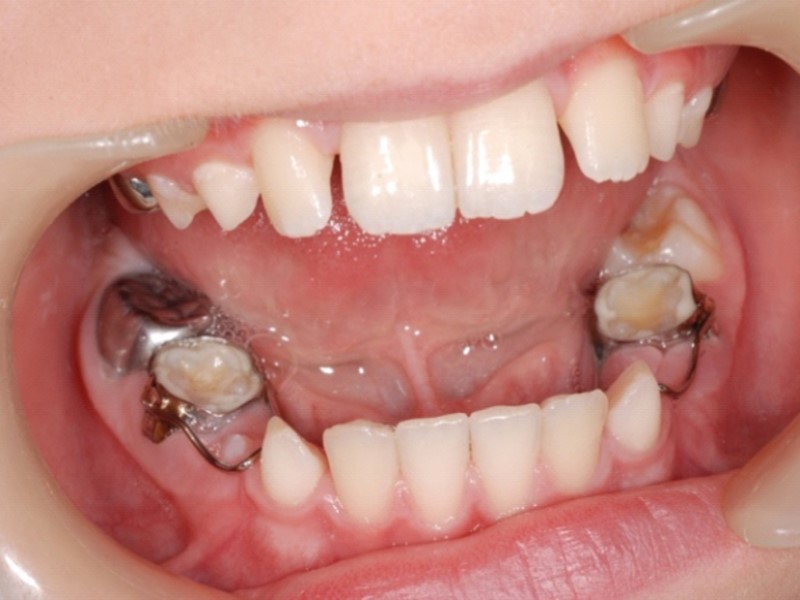
What Are Space Maintainers Made from
Space maintainers for baby teeth are a must-have for any child and come in both metal and plastic.
Stainless steel metal space maintainers are custom-made to fit flawlessly into the gap in the teeth where a baby tooth has been lost. They often feature thin wires, loops, or coils that keep the space open and prevent neighboring teeth from shifting into their place.
Meanwhile, plastic space maintainers may be made from dental-grade acrylics and may be designed with bands or wires to keep the desired space intact. Depending on the child’s age, dental health, and their individual needs, different materials may be chosen.
Dos and Don’ts After Space Maintainer Installation
Aftercare is as important as the process of installing a space maintainer for baby teeth itself. Follow the dos and don’t to make sure that everything is going as perfectly as it was planned.
Dos:
- Adhere to all instructions given to you by the dentist or orthodontist concerning the care and maintenance of your child’s space maintainer.
- Establish a solid oral hygiene routine; make your kids brush their teeth at least twice a day and floss regularly.
- Go for all scheduled follow-up meetings with the dentist or orthodontist to make sure the space maintainer for baby teeth is properly monitored and adjusted.
- At the outset, you should encourage your child to eat soft foods to facilitate the adjustment to the space maintainer.
- Keep a close watch on your child’s activities to ensure that they do not indulge in any activities that could be detrimental to or affect the space maintainer.
Don’ts:
- Under no circumstances should you feed your child sticky or hard foods that are likely to harm the space maintainer.
- Do not let your child play with or tamper with the space maintainer, as this may cause unintended dislodgement or damage.
- Do not apply too much force while brushing or flossing around the space maintainer, as this might cause the device to come loose or be uncomfortable.
- Don’t skip or defer any follow-up appointments as recommended by your dentist or orthodontist.
- Do not overlook or ignore any signs or issues concerning the space maintainer. Act quickly and contact the dentist or orthodontist to evaluate and deal with the problem.
Conclusion
Space maintainers for baby teeth are essential tools in dentistry that help keep teeth in the right spacing. From fixed to removable and from different materials, these gadgets are essential for preventing alignment troubles as well as overcrowding of permanent teeth. Not only do they ensure proper growth and development, but they also preserve dental arch space while avoiding the need for extractions of other possible dental complications.
However, these types of appliances require careful handling and frequent follow-up appointments with either a dentist or orthodontist as part of their proper functioning, to determine the most suitable space maintainer for an individual’s needs.
References:
https://2thdoc.org/how-space-maintainers-can-help-orthodontics/



